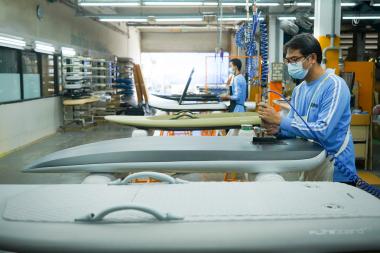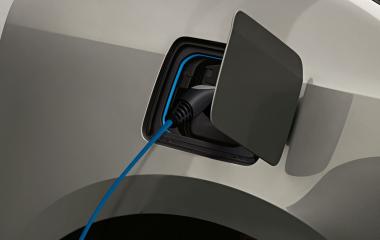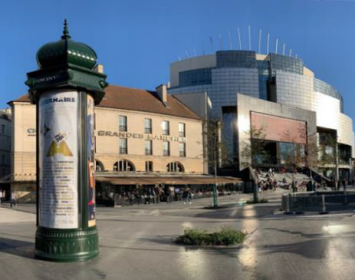COBRA continues Its Partnership with Fliteboard
COBRA International is pleased to confirm its continued partnership with Fliteboard as the builders of the new Fliteboard Series 2.
Conceived in 2016, the Fliteboard range of electric foiling surfboards has established a leading position in the eFoil market. In early 2021, Fliteboard announced a package of evolutionary improvements to the original award-winning design for which COBRA has installed significant additional manufacturing capacity.
With Fliteboard growing rapidly, and thousands of boards now delivered across more than 80 countries, COBRA will continue to support Fliteboard with additional moulds and lean manufacturing production lines added to reduce customer lead times. In addition to this production capacity expansion, COBRA has successfully met the technical challenges set by the Fliteboard team to incorporate all the new Series 2 board features into the existing production processes.
Fliteboard’s first composite models used a carbon fibre and Innegra sandwich laminate over a moulded EPS foam core, combining maximum strength, stiffness, and durability with a low overall board weight. The same construction concept is used for the Series 2 boards, with several new finishes added to the range along with lighter colour matched EVA deck pads and upgraded latches on the carbon fibre board lid. New wood grain and metallic paint finishes have been introduced with COBRA’s semi-transparent paint system used to save weight and display the stunning hexagonal weave pattern of the carbon and Innegra reinforcement fabrics.
COBRA / 100% Marketing







